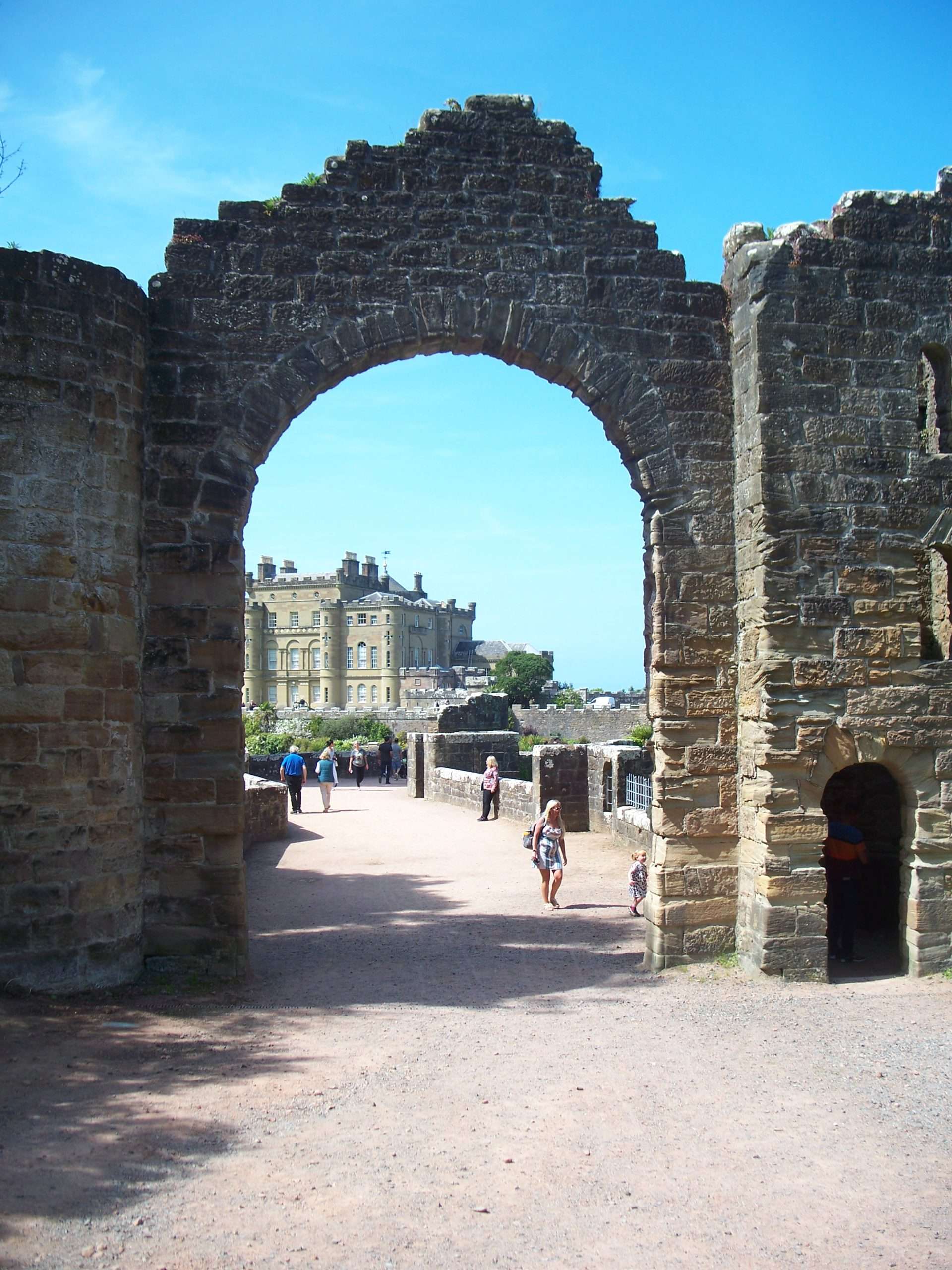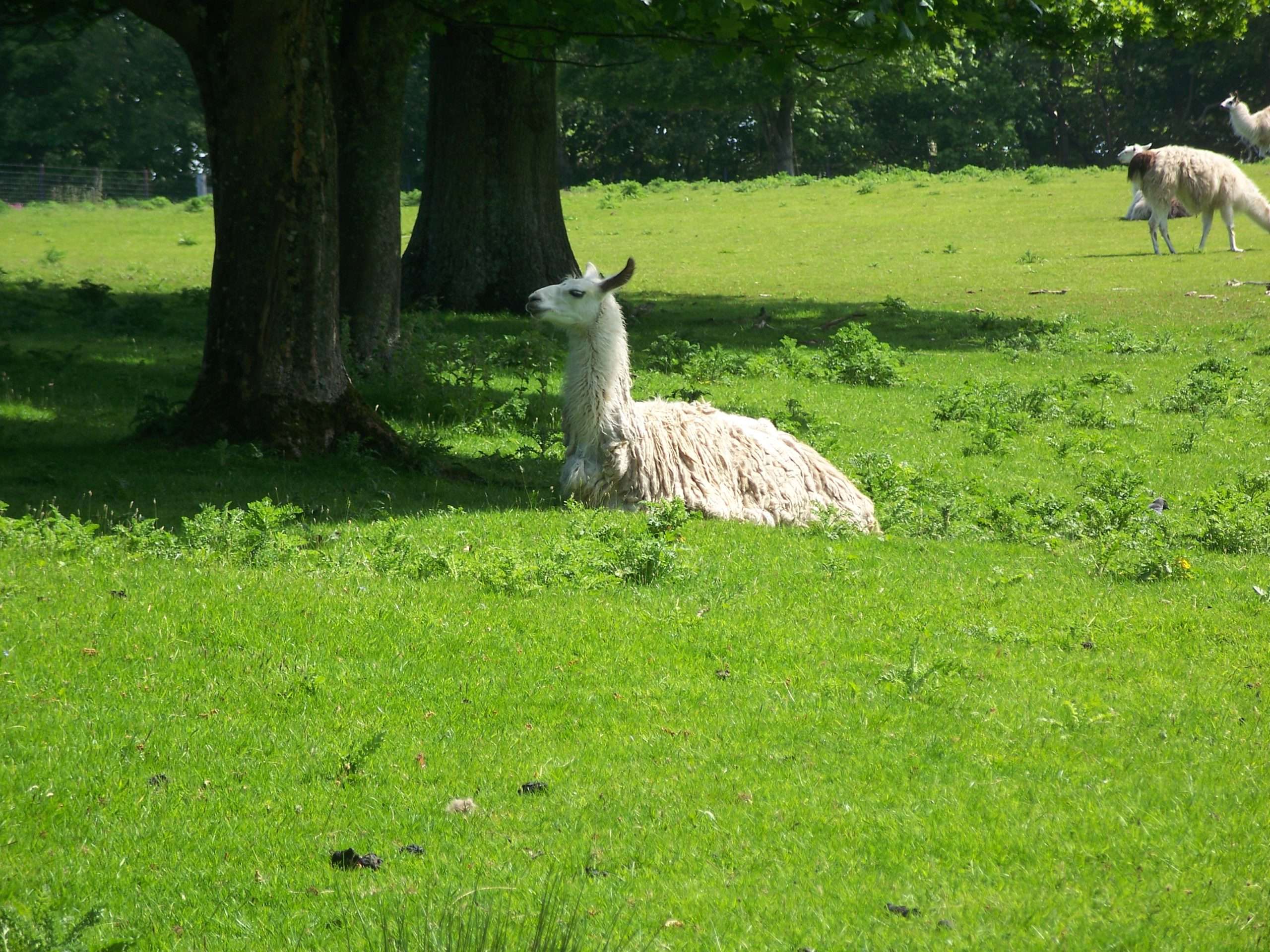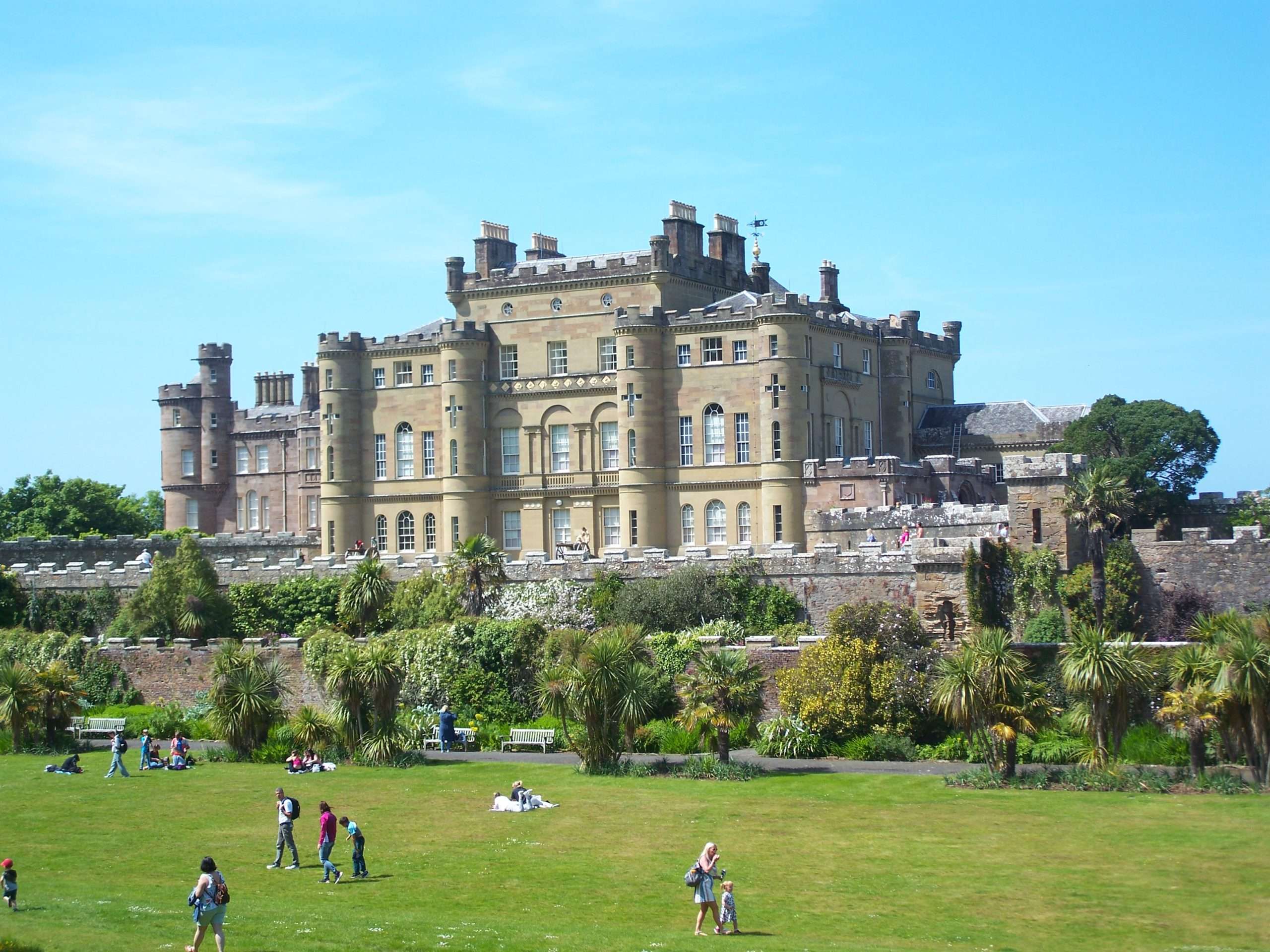Culzean Castle is famous, perhaps world famous, and deservedly so. Less widely-known is the country park of which it is the heart. The park is a magical gem in itself. Together, both in the care of the National Trust for Scotland (NTS), they comprise one of Scotland’s greatest treasures, a must-see whether you’re a local or have travelled from the other side of the world.
There can be few country parks that include such a wide variety of landscapes; there’s sea and shore and crag; gardens and woodland; ponds and burns and glens. While there is no moor or mountain, there is some farmland as well as the former estate buildings; and, of course, the castle itself.
Coif Castle

We don’t know exactly when the first castle on the site was built but there was definitely something here by the 1400s: it went by the name of Coif (or Cove) Castle. The lands were the property of the Kennedy family from the 12th century onwards. The beginnings of the castle structure as we know it began to appear in the late 1500s when Sir Thomas Kennedy ordered a simple and rather austere L-plan tower house. However, the castle was massively rebuilt in the period 1777-1792 (it was a big project, so it took a while!) on the orders of the 9th and 10th Earls of Cassillis, as the Kennedy’s had become. The architect they employed was the renowned Robert Adam. Essentially, what emerged was a new-build though the old tower house was incorporated into the new structure. The new castle is widely regarded, inside and out, as an Adam masterpiece. As we’ll see, some further changes were made in the 19th and early 20th centuries, but the substance of Adam’s achievement remained.
The castle came into the care of the National Trust for Scotland in 1945. The one thing everyone knows about Culzean is that a self-contained apartment within the castle was made available to Dwight D Eisenhower for the term of his life, as a thank-you from the United Kingdom for his service during the Second World War. You can see some Eisenhower memorabilia in the Castle, but his apartment is now part of an exclusive hotel that helps to fund NTS conservation work at the site.

The first thing you notice as you approach the castle is that it’s huge. If you’ve ever seen the 1973 film, The Wicker Man you might have wondered how Lord Summerisle (Christopher Lee) could inhabit such an enormous property on what was supposed to be a small island; his home was played by Culzean Castle.
Your first view of the castle is framed by The Ruined Arch: this was built as a ruin, part of Adam’s design for a dramatic introduction to the castle, though the idea of a historic ruin pays tribute to the lengthy history of the Kennedy’s. The arch leads to a viaduct which crosses the Walled Garden – picturesque on the left, kitchen garden on the right – and up to the castle itself. It’s a breathtaking way to approach the building. The porch by which you enter the building is a Victorian addition; apparently, Adam’s design didn’t cope well with keeping out the westerly gales, so the porch was included in order to provide an airlock. It leads to the armoury, with, as you’d expect, patterns traced in old pistols and swords. More surprisingly, there’s a First World War aeroplane propeller in the ceiling, presented to the castle by a wartime aerodrome at nearby Turnberry.
The castle’s Oval Staircase is perhaps its most striking feature, an Adam innovation that gave access not only to the new-build parts of the castle but also the older elements that he retained. Some rooms, such as the Library, are actually housed in older parts of the castle, in this case the old tower house. The Dining Room, something of a favourite with visitors – we all like to imagine ourselves dining in state, Downton-style – was remodelled in Victorian times, but in a way that harmonised with the original Adam design.
Culzean’s coastal setting

The art displayed in the various rooms is a highlight of the castle for me. Watch out especially for specially-commissioned paintings of the castle itself, and of the surrounding area, by the famous Scottish painter Alexander Nasmyth (1758-1840). As was normal in the landscape painting of the time, Nasmyth tended to exaggerate the height and ruggedness of Culzean’s coastal setting but they still capture the spirit of the place.
After you’ve seen round the house there is still plenty to explore. In fact, a day is hardly long enough to see everything. The Walled Garden is a must, especially on a warm day; the beach is also worth a visit, though be warned, it is not a sandy paradise and can be slippery. Look out for a small, circular, domed building; this is the Round House, actually a grand ancestor of the changing cubicles at your local swimming pool! It was built in the early 1800s as a changing facility when there was a new fashion for sea bathing. In the estate offices – actually some walking distance from the castle itself – there’s a shop and café. Another outbuilding has been repurposed as a second-hand book and CD shop, something I like very much. And, of course, there are the wide-open spaces of the Country Park, Scotland’s first to be so designated back in 1969.

The site of Culzean Castle has a long history of occupation, even if the Adam building and its Victorian accretions are not really that old. As such, inevitably, there are ghost stories attached to the location. A ghostly piper is said to play on stormy nights (doubters would say it’s easy to imagine pipe music when there is a strong wind hammering into the crags) and also to foretell a Kennedy wedding. There are also tales of a young woman in a ball gown being seen in the castle and a ‘white lady’ – a traditional type of ghost but here said to be the spirit of a maltreated servant girl. I’m a sceptic about ghosts but do let us know if you see (or hear) anything!
Few Scottish historic buildings have anything like the impact on the senses that Culzean Castle does. You often hear about ‘must-sees’; this one really is.
Text and images by: David McVey.


Hi,
Just a note for your attention, that Coif Castle wasn’t owned by the Kennedy family, and it dates back to the 1300 century.
Kind regards,
Julie Thomson Collins